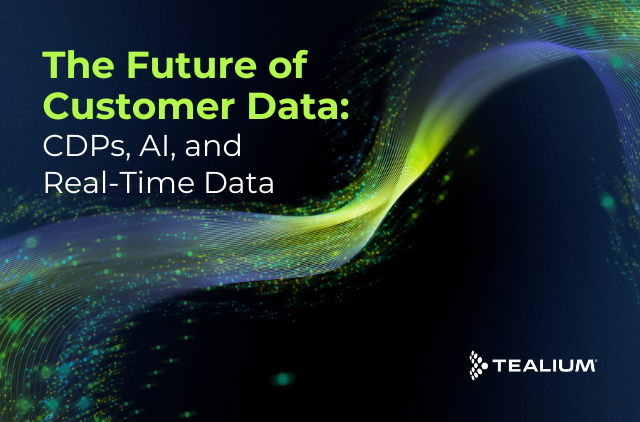[rt_reading_time label=”Reading Time:” postfix=”minutes” postfix_singular=”minute” padding_vertical=”4″]
What if you could ensure ongoing data quality, auditability, governance and security of your customer data throughout your tech stack? And what if you could remove the manual batch data process and instead have all of your customer data updated automatically across your tools and systems in real-time?
These are common questions when establishing a data collection strategy. Thing is, only a tiny fraction of companies have even acknowledged that a data collection strategy is something to define.
The collection and transformation of data is an incredibly strategic initiative but one that can be plagued with unforeseen challenges if you don’t take a data supply chain approach.
Data fragmentation starts at the point of collection and as such becomes a downstream problem that we task our data and analytics teams with helping to solve. As the number of data sources continues to surge, the complexity of correlating and normalizing data becomes increasingly painful. Add to that a decision to just collect everything and dump it into a database of some sort and you have a world class headache that time has proven has no cure. The result is, at best, a heavily delayed batch processed backward looking dataset that is stale and not accessible to the tools and teams that so badly want and need it to be competitive and relevant. Oh yeah, that’s the ‘Big Data’ problem rearing its ugly head.
My belief is that the industry demands a new approach to data collection that acknowledges the fact that upfront data collection strategy efforts are necessary. If you are still buying back data feeds or dumping channel-based data into a repository and then asking of your data team the Herculean task of correlating, transforming and making sense of that data then you are falling behind fast.
The industry demands a new approach to data collection that acknowledges the fact that upfront data collection strategy efforts are necessary. Share on XWe help our customers solve these challenges with our Event Data Framework, a real-time platform for the collection, transformation, and normalization of data from every customer touchpoint be it client or server-side. The idea is to create a data layer that acts as a common data dictionary that will be adhered to across all data sources and channels. If we can integrate an extensible data collection footprint that handles the normalization of data on it’s way IN to the framework regardless of source (web, native mobile, CRM, call center, POS, Kiosk, IoT) before it ever becomes fragmented, the downstream tools and teams are the ultimate benefactors of this approach.
Done correctly this framework solves every downstream data problem. We now have a fully correlated and strategically defined data set that can be used to create the single view of the customer. Our tools and teams have access to the richest most actionable data in real-time. Ultimately our Machine Learning endeavors now have ML ready data that will become the most valuable asset for brands as we move into the 4th Industrial Revolution.
It’s time to take a hard look at your data collection strategy.
Data is your most strategic asset and it all begins with your approach to collecting, transforming, enriching, and activating it.









